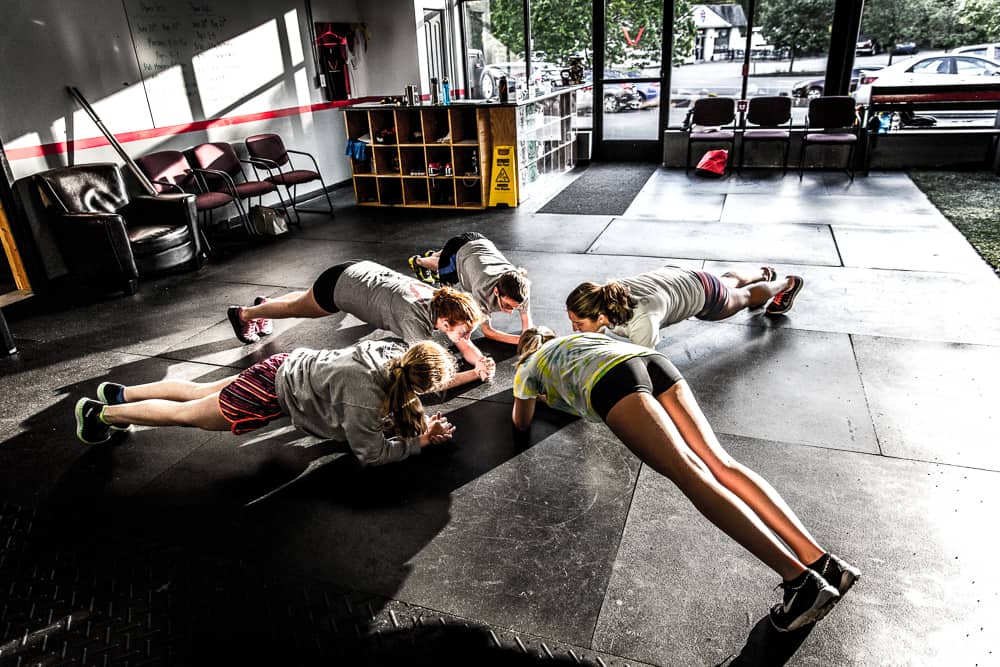Don’t Fall into the One-Sport Trap
We believe a child’s first experience with team sports should be low-key, mildly competitive, and – brace yourself – fun. These little future athletes have bodies that change daily, and they need time to figure out how they work. Some will take to a sport naturally; others show talent in everything they try; and some. just. don’t. At least not right now. All this can and will change, sometimes daily, as they grow and learn more about a sport. Somewhere along the way, well-meaning adults figured that if a child shows natural talent, they should focus on that sport. But we beg you – and science backs this – don’t fall into the one-sport trap with the child in your life.
Back in My Day
Anyone of a certain age will remember a time without cell phones, social media, or organized sports leagues. They probably spent their childhood running wild through the neighborhood (or woods) and getting home before the streetlights came on. Until middle or high school, sports consisted of pick-up games that varied day to day (as did the rules). And it isn’t just nostalgia that says these were better days for kids.
All that has changed. Organized sports leagues start earlier and earlier – sometimes geared towards kids as young as two or three years old. Don’t get us wrong; getting kids moving and using their bodies has all sorts of benefits. They’ll develop healthy habits now and down the line as they learn how to use and control their bodies.
Sport specialization – intensive year-round training in a single sport – is the problem. This means no other sports, no extensive breaks, and training schedules that often parallel that of professional athletes. But focusing on movements associated with only one sport is where the troubles lie.
The Danger of the One-Sport Trap
Young athletes are more susceptible to overuse injuries because their bodies are still developing. Early specialization can cause overuse injuries from repetitive wear on young tendons, bones, and joints. In fact, kids playing one sport for eight months out of the year are three times more likely to experience overuse injuries. These injuries have lasting impacts that can affect them for the rest of their lives.
External pressure on a child to specialize in one sport comes with more than physical consequences, too. We’ve seen kids deal with mental health effects like social isolation, lack of independence, preferential treatment complexes, and burnout. They are stressed, disillusioned, and end up quitting a sport they used to love because it’s all just too much.
How Much is Too Much
Yeah, we get there’s pressure to play at elite levels, vying for college scholarships or professional contracts. But did you know that 88 percent of college athletes played multiple sports as kids? And nearly as many (70 percent) didn’t specialize in one sport until after the age of 12.
Wondering how much is too much training? The National Athletic Trainers’ Association recommends a child’s age equals the number of hours they should spend training each week. So, a nine-year-old should max out at nine hours of soccer a week, regardless of how many teams they play on.
At Virtus we firmly believe in giving kids a chance to experience a full range of bio-mechanical activities. That’s why we’ve developed overall fitness programs – PowerTotz and PowerKidz – with age-appropriate movements that change with each class. Kids learn the mechanics of training from experts in a safe, supportive environment.
Interested in learning more about our programs for kids or how to ensure your child is training appropriately? Come in for a chat any time during staffed hours, call us at 724-691-2769 or complete our online form.

